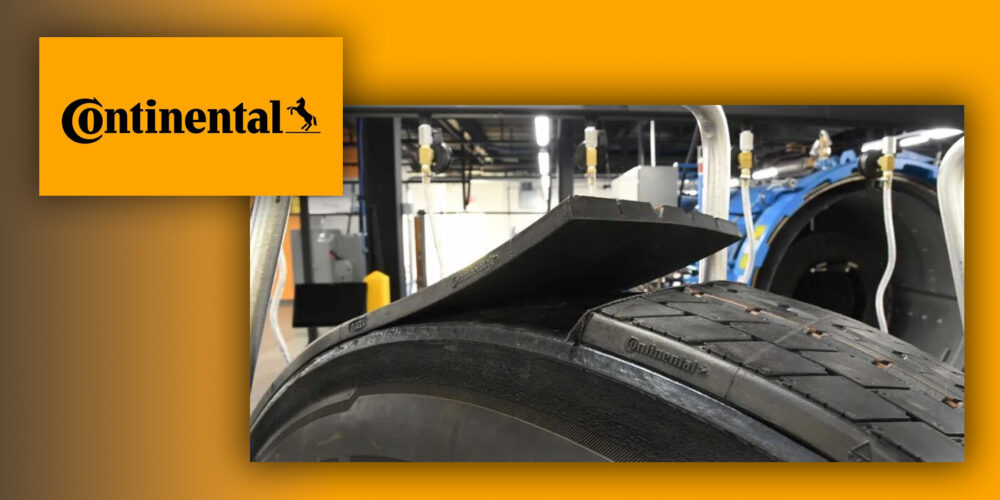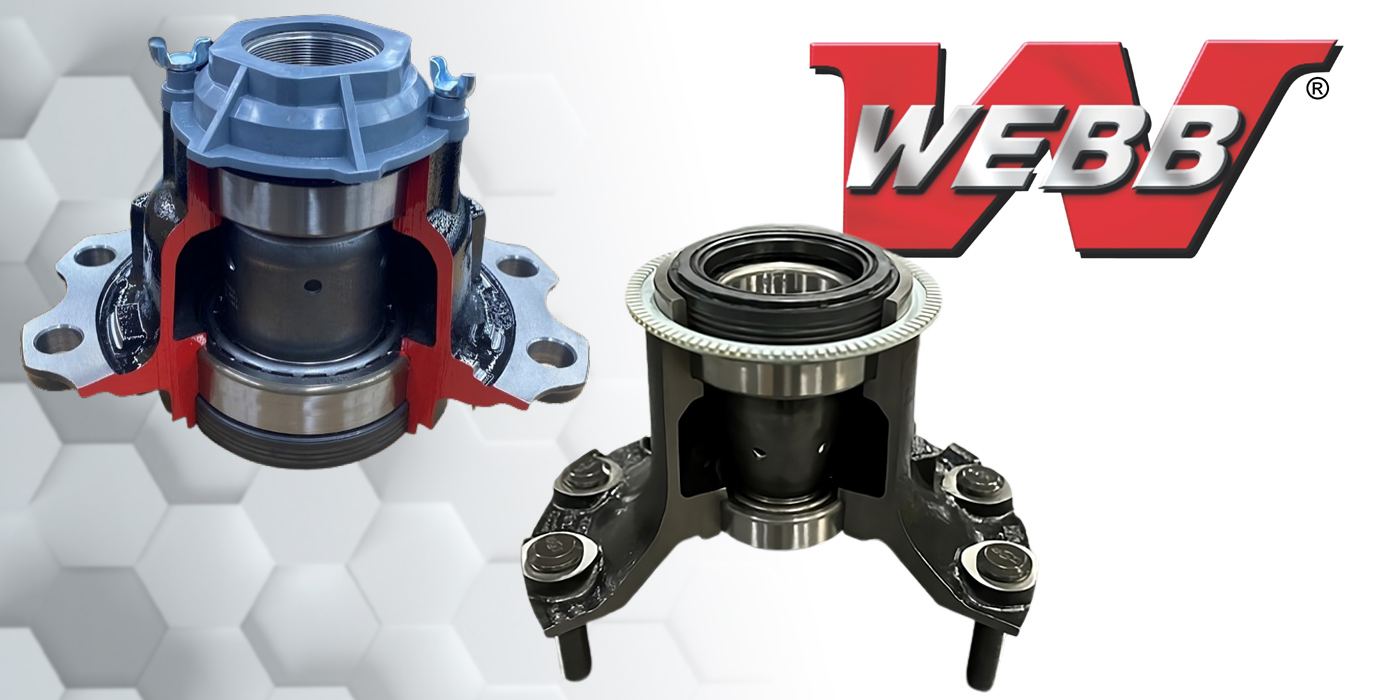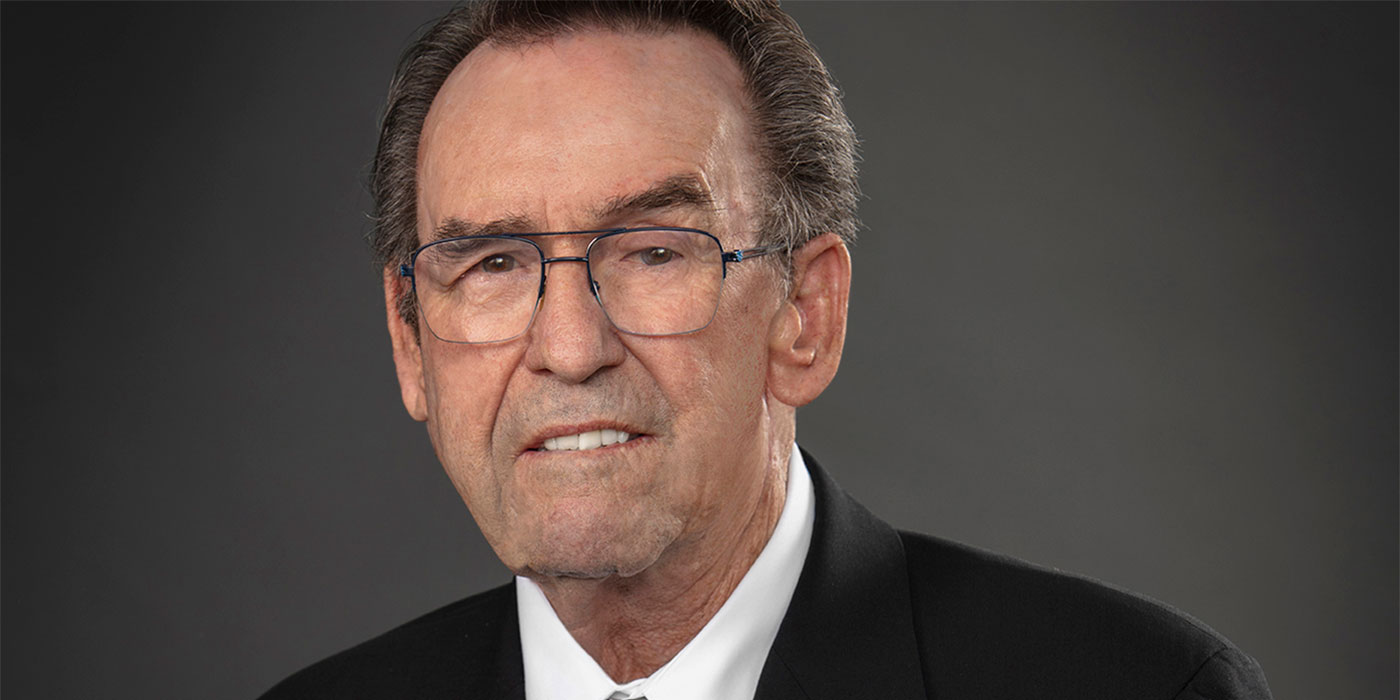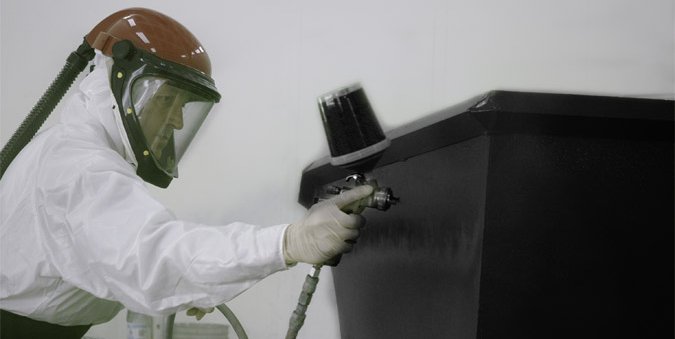 An exciting, bright coat of paint can do wonders for a truck. In many ways the finish is the “face” of the fleet—carriers want to make a good first impression and there’s no better place to start than the appearance of the trucks to strengthen the fleet’s brand. Beyond the surface value, a truck’s paint and finish are also important in providing corrosion protection. Fleets that don’t keep an eye out for corrosion and don’t spec the necessary paints and finishes to avoid it could face unexpected, and costly, repair consequences. So what is important to keep in mind when spec’ing a finish for corrosion protection?
An exciting, bright coat of paint can do wonders for a truck. In many ways the finish is the “face” of the fleet—carriers want to make a good first impression and there’s no better place to start than the appearance of the trucks to strengthen the fleet’s brand. Beyond the surface value, a truck’s paint and finish are also important in providing corrosion protection. Fleets that don’t keep an eye out for corrosion and don’t spec the necessary paints and finishes to avoid it could face unexpected, and costly, repair consequences. So what is important to keep in mind when spec’ing a finish for corrosion protection?
“Corrosion protection is one of the most important aspects of the paint process, because rust and corrosion can destroy any surface from a microscopic level,” says Nick Dowling, assistant product manager for Martin Senour Automotive Finishes. “Selecting a coating that contains the proper corrosion protection properties is extremely important. Corrosion protection starts with proper cleaning of bare metal and is improved through the use of an excellent corrosion protection primers or direct-to-metal topcoats.”
“Fleet owners should consider the desired life cycle and the environmental conditions that their assets could be exposed to,” advises Christopher Papa, the marketing manager for Axalta Coating Systems. “If the assets are expected to be part of the fleet for more than five years or may be exposed to extreme conditions, a basecoat/clearcoat system should be considered. A basecoat/clearcoat system is designed to protect the asset with an enhanced degree of durability and gloss retention that should help lead to a longer life cycle of the asset in extreme weather conditions.”
What to spec
The two main options for fleet finishes when it comes to corrosion protection are single-stage systems and basecoat/clearcoat systems, explains Scott Walton, Sherwin-Williams’s product manager of transportation.
A single stage system, Walton explains, is less expensive. However, the basecoat/clearcoat system is better for corrosion protection because the clearcoat adds an often necessary extra layer of production, he says, regardless of climate or other outside factors.
Picking the right options has a huge impact on how the truck looks, which impacts its resale value. Appearance matters, especially when judging the value of a potential purchase. If a truck looks corroded and damaged, chances are it won’t be worth much to a potential buyer, no matter how well it might run.
“There are a number of products that can help fight corrosion, but finding the right combination is not always the easiest task,” says Martin Senour’s Dowling. “Corrosion protection starts with proper cleaning of bare metal and is improved through the use of an excellent corrosion protection primer or direct-to-metal topcoats. Martin Senour Automotive Finishes has a multitude of properly formulated 2K epoxy and 2K urethane coatings that are designed to go direct to metal and provide corrosion protection. Make sure your primer contains anti-corrosive pigments and additives to extend corrosion protection. In extreme environments a zinc rich etch primer can be used.”
“It is important to understand the customers paint preparation process and the variety of substrates in use,” says Robert Tsas, commercial sales representative for AkzoNobel. “In all cases, preparation of the surface and elimination of excess particles per TDS recommendations is required for best adhesion. In addition, there are multiple grades of aluminum, steel, plastics, body fillers and areas where the presence of dissimilar metals (joints/hinges) must be considered to make the best recommendation for surface and primer performance.”
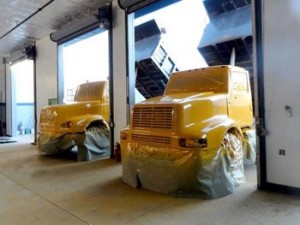 “When cabs are repaired, repairers can create heat in the high-strength steel applications,” relates John Spoto, national heavy-duty truck/commercial fleet manager for the 3M Automotive Aftermarket Division. “This can translate to red metal rust through grinding, cutting or heating to the backside of panel due to paint and E-Coat removal. Rust can also occur on frames due to high impact of road abrasion. To prevent high impact road abrasion, you could apply 3M Scotchgard 0727, which is a spray-on coating for surfaces that require a tough, durable finish.”
“When cabs are repaired, repairers can create heat in the high-strength steel applications,” relates John Spoto, national heavy-duty truck/commercial fleet manager for the 3M Automotive Aftermarket Division. “This can translate to red metal rust through grinding, cutting or heating to the backside of panel due to paint and E-Coat removal. Rust can also occur on frames due to high impact of road abrasion. To prevent high impact road abrasion, you could apply 3M Scotchgard 0727, which is a spray-on coating for surfaces that require a tough, durable finish.”
As for primers, the main types available to fleets are epoxy and urethane direct-to-metal (DTM) primers. Although they are similar, there are a few key differences, as Sherwin Williams’ Walton points out.
“Epoxy primers typically provide better long-term corrosion protection by creating a harder, more chemically resistant coating,” he explains. “These primers also provide excellent water resistance and minimal shrinkage. Urethane primers tend to have better topcoat compatibility, thus applying a topcoat can be done quickly, speeding up the production process. These primers result in less topcoat dieback, which is a loss of gloss when fully cured, and perform better than epoxy primers when it comes to combatting UV rays.
“When it comes to topcoats, the most important feature for a coating to possess for corrosion mitigation is the ability to provide good edge coverage,” Walton continues. “Coatings have the tendency to pull away from sharp edges and corners due to the increased surface energy needed to hold it in place. This natural tendency, paired with the normal shrinkage that occurs while a coating is curing, can undoubtedly lead to corrosion.”





